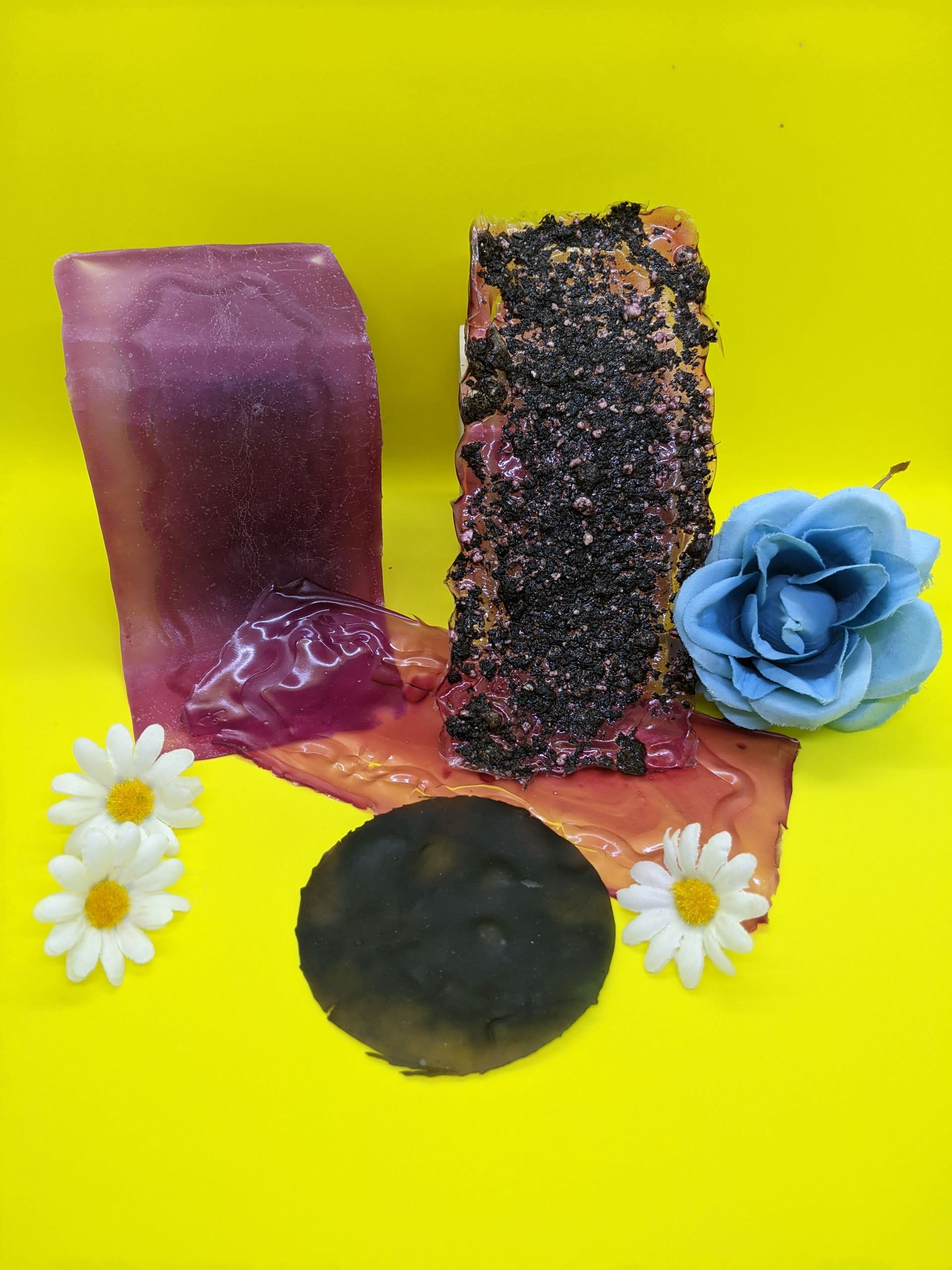Deirdre is a NYC based designer, engineer, and maker. With a BSc in Bioengineering and Computer Science, and now an MA in Design Products, her practices ties together multi-disciplinary threads of curiosity.
Deirdre's work tends to be material agnostic but advocates for accessibility and inclusivity, from humans to non-human rights. Holding true to the belief that everyone plays a role in design, she designers to foster curiosity and encourage the exploration of human connection.
Her master's dissertation, (dis)Ability: A Call for Inclusive Design in a World Without Access, was awarded the merit of distinction by the RCA. Most recently, Deirdre has spoken at The Sharing Biological Practices Symposium at the RCA, sharing her work with The Phytosapien Project.














